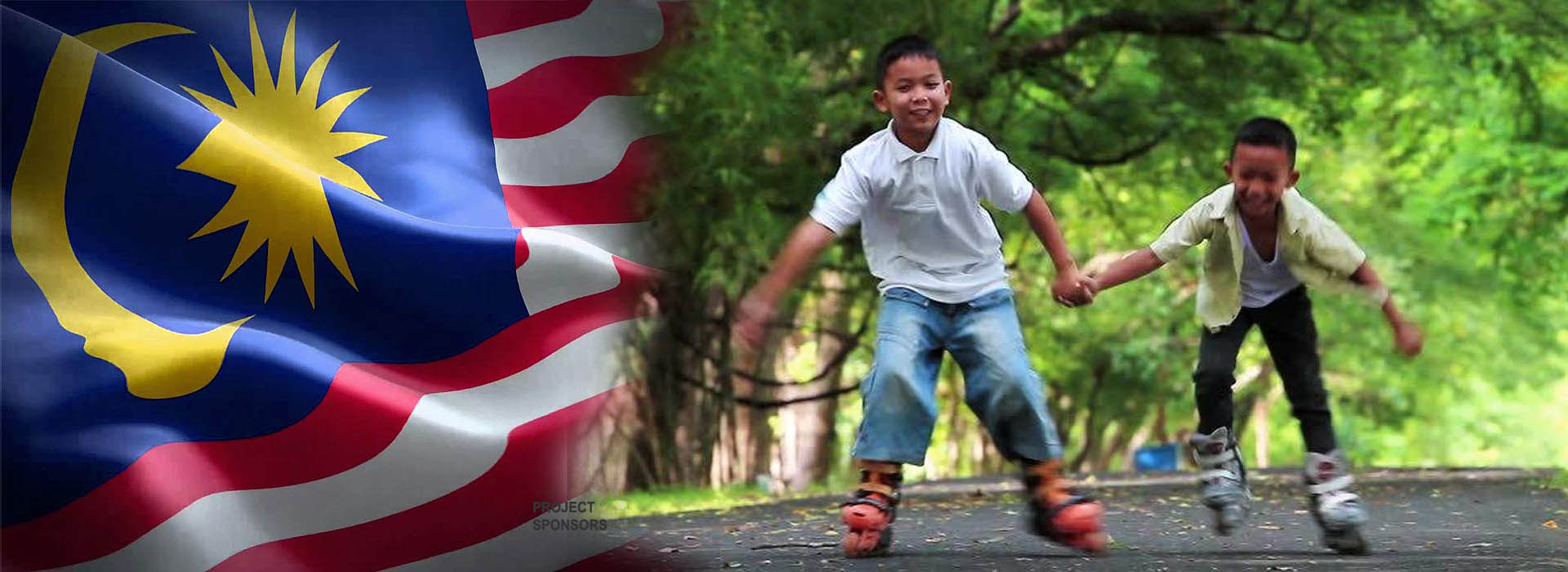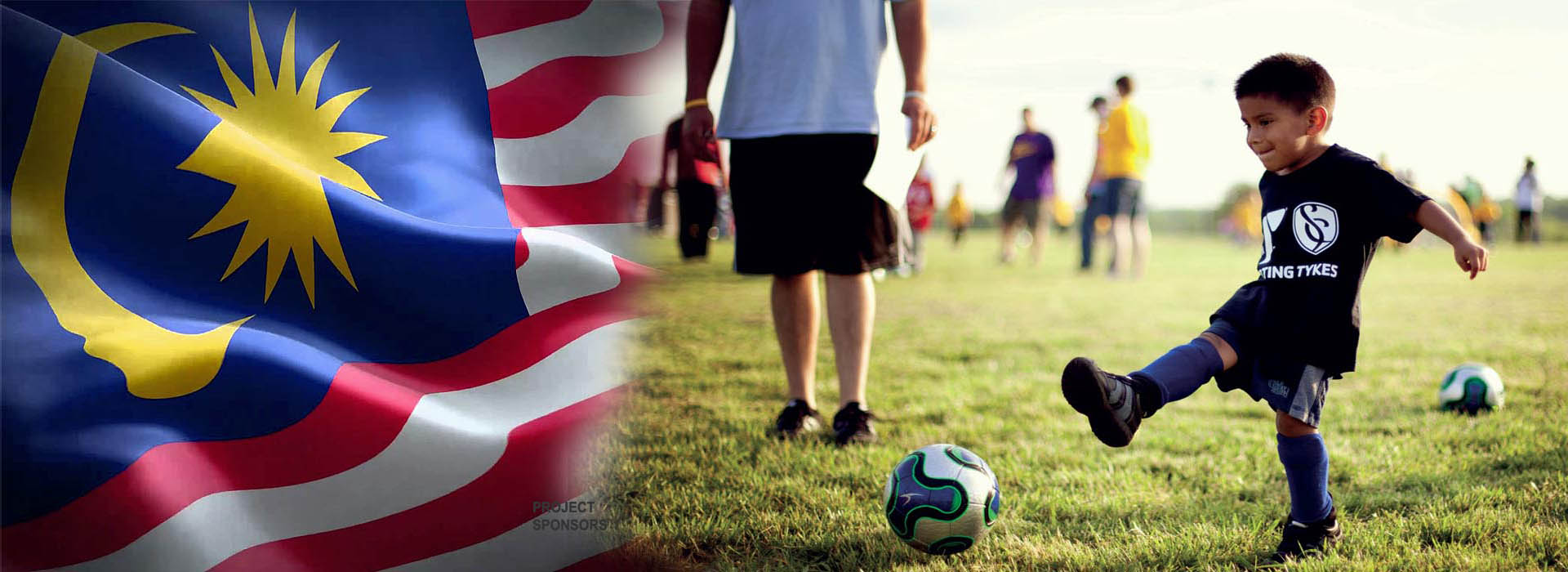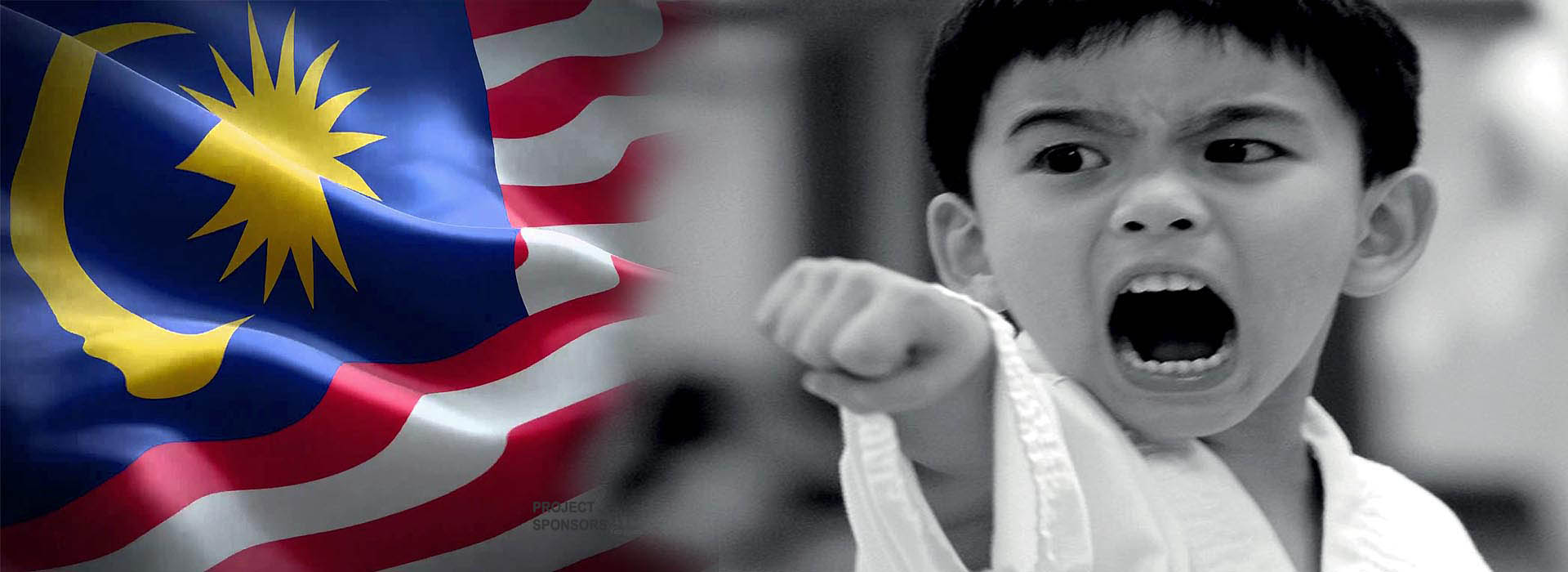- Physical activity confers many positive outcomes related to physical, mental, emotional and social health in children and adolescents.1
- Physical activity guidelines for Malaysian children and adolescents recommend an accumulation of at least 60 minutes of moderate-intensity physical activity daily.2
- Despite well-documented health-related benefits, physical inactivity remains a pervasive problem among Malaysian children and adolescents.3-5
- The Malaysia Active Healthy Kids Report Card 2016 was modelled closely to the Active Healthy Kids Canada Report Card.6 It aims to collect, assess, and grade current and comprehensive data on physical activity of Malaysian children and adolescents aged 5 to 17 years.
- This report card will serve as a basis to evaluate current physical activity promotion approaches in Malaysia. It will also support efforts to develop more effective strategies in promoting an active and healthy lifestyle.
International Standardised Grading Scheme
The grades for the Report Card were assigned by the Research Working Group using the best available evidence judged against a benchmark and then determining the percentage of Malaysian children and adolescents meeting the benchmark.
The following table presents the benchmark for assigning the six grades:
A: We are succeeding with a large majority of Malaysian children and adolescents.
B: We are succeeding with well over half of Malaysian children and adolescents (60-79%).
C: We are succeeding with about half of Malaysian children and adolescents (40-59%).
D: We are succeeding with less than half of Malaysian children and adolescents (20-39%).
F: We are succeeding with very few Malaysian children and adolescents (<20%).
INC: Incomplete Grade, where current Malaysian data were not available or were inadequate to assign a grade.
B: We are succeeding with well over half of Malaysian children and adolescents (60-79%).
C: We are succeeding with about half of Malaysian children and adolescents (40-59%).
D: We are succeeding with less than half of Malaysian children and adolescents (20-39%).
F: We are succeeding with very few Malaysian children and adolescents (<20%).
INC: Incomplete Grade, where current Malaysian data were not available or were inadequate to assign a grade.
Key Stages of Developing the Malaysia Active Healthy Kids Report Card 2016
Summary of Report Card Indicators and Grades
| Indicator | Definition | Data Source | Findings | Grade |
|---|---|---|---|---|
| Overall Physical Activity | The proportion of children and adolescents being physically active for at least 60 minutes per day on five or more days in a week. | GSHS3 | 13-17 y: 22.8% | D |
| Organised Sports and Physical Activity Participation | The proportion of children and adolescents who participate in organised sport and/or physical activity programmes. | N/A | --- | INC |
| Physical Education and Physical Activity Participation | The proportion of children and adolescents who participate in one lesson of Physical Education (not including school sport) every week. | N/A | --- | INC |
| Active Play | The proportion of children and adolescents who participate in unstructured and unorganised active play. | N/A | --- | INC |
| Active Transportation | The proportion of children and adolescents using active transport at least part of the way to and/or from school on at least one of the past five school days. | SEANUTS4 | 7-12 y : 24.6% | D |
| Sedentary Behaviour | The proportion of children and adolescents who meet the recommended two hours or less of screen time per day. | SEANUTS7 | 7-12 y : 31.6% | D |
| Diet | The proportion of children and adolescents eating adequate amounts of fruits and vegetables every day. | SEANUTS10 | Fruits:
7-9 y: 13.4%; 10-12 y: 19.6% Vegetables: 7-9 y: 9.5%; 10-12 y: 16.1% |
F |
| School | The proportion of schools that have access to a gymnasium (or indoor play space)/outside sports field/hard court/playground/sports equipment. | i-KePS Report8 | 74.5 % of schools with field | B |
| Community and the Built Environment | The proportion of children and adolescents living in a neighbourhood with at least one park or playground area. | N/A | --- | INC |
| Family and Peer Influence | The proportion of parents meeting the recommended physical activity guidelines. | N/A | --- | INC |
| Government Strategies and Investments | Allocated resources for the implementation of physical activity promotion strategies and initiatives for all children and adolescents. | Annual Report of Ministry of Health9 | The government has invested in many programmes to promote physical activity. However, the effectiveness of the government’s policies and programmes are not known. |
B |
Research Gaps
Recommendations
Incorporate physical activity at an early age
Incorporate physical activity at an early age and strengthen national public health agenda in view of the importance of physical activity in children and adolescents.
More research on physical activity behaviour
There is a need for more research to better understand physical activity behaviour and its influencing factors in different domains and age groups.
Timely evaluation on the effectiveness of physical activity
Timely evaluation on the effectiveness of physical activity initiatives are required to identify the impact of physical activity promotion programmes developed in Malaysia in order to allocate resources adequately.
Assessment of physical activity using objective measures
Periodical assessment of physical activity using objective measures at the national level is needed.
Publications
Journal of Physical Activity and Health, 2016, 13 (Suppl 2), S201-S205
Results From Malaysia’s 2016 Report Card on Physical Activity for Children and Adolescents (PDF)
Journal of Physical Activity and Health, 2016, 13 (Suppl 2), S343-S366
Global Matrix 2.0: Report Card Grades on the Physical Activity of Children and Youth Comparing 38 Countries (PDF)
References
- 1. Janssen I, LeBlanc AG. 2010. Systematic review of the health benefits of physical activity and fitness in school-aged children and youth. Int J Behav Nutr Phys Act. 2010;7:1-16.
- 2. National Coordinating Committee on Food and Nutrition, Ministry of Health Malaysia. Malaysian Dietary Guidelines for Children and Adolescents. Putrajaya: Ministry of Health Malaysia; 2013.
- 3. World Health Organization. Global school-based student health survey (GSHS). Malaysia 2012 Fact Sheet. Geneva: World Health Organization; 2012.
- 4. Wong JE, Parikh P, Poh BK, Deurenberg P. 2016. Physical activity of Malaysian primary school children: comparison by sociodemographic variables and activity domains. Asia Pac J Public Health. 2016;28(5 Suppl):35S-46S.
- 5. Lee ST, Wong JE, Ong WW, Ismail MN, Deurenberg P, Poh BK. Physical activity pattern of Malaysian preschoolers: environment, barriers, and motivators for active play. Asia Pac J Public Health. 2016; 28(5 Suppl):21S-34S.
- 6. Colley RC, Brownrigg M, Tremblay MS. A model of knowledge translation in health; The Active Healthy Kids Canada Report Card on Physical Activity for Children and Youth. Health Promot Pract. 2012;13:320-330.
- 7. Lee ST, Wong JE, Nik Shanita S, Ismail MN, Deurenberg P, Poh BK. Daily physical activity and screen time, but not other sedentary activities, are associated with measures of obesity during childhood. Int J Environ Res Public Health. 2015;12:146-161.
- 8. Ministry of Education Malaysia. Report on School Sports Infrastructure and Programmes Survey (i-KePS Report). Putrajaya: Ministry of Education Malaysia; 2014.
- 9. Ministry of Health Malaysia. Annual Report of Ministry of Health 2012. Putrajaya: Ministry of Health Malaysia; 2012.
- 10. Koo HC, Poh BK, Lee ST, Chong KH, Bragt MCE, Ruzita AT. Are Malaysian children achieving dietary guideline recommendations? Asia Pac J Public Health. 2016;28(5 Suppl):8S-20S.












